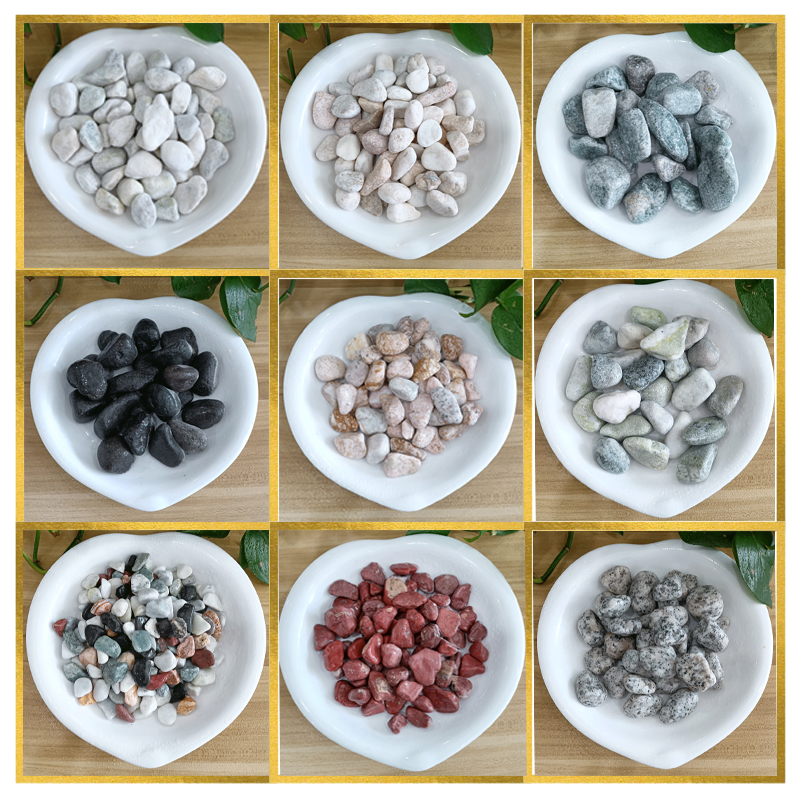Pebbles are small stones and play a significant role in multiple industries. They can be found in various landscapes, including riverbeds and beaches. In recent years, there has been a rise in the use of pebble stones for both decorative and functional purposes. However, it is crucial to understand the difference between mechanical pebbles and natural pebbles before deciding which one to use.
Mechanical pebbles, also known as engineered or man-made pebbles, are manufactured using various methods and materials. These pebbles are typically made from glass, resin, or ceramic, and they are often polished to achieve a smooth and shiny finish. Mechanical pebbles are available in an array of sizes, shapes, and colors, making them highly versatile for different applications.
One significant advantage of mechanical pebbles is their uniformity in shape and size. This makes them ideal for certain projects that require consistent patterns or designs. For example, mechanical pebbles can be used as a flooring material, where their regularity ensures a seamless and even surface. They are also commonly used in aquariums and landscaping projects for their aesthetic appeal.
In contrast, natural pebbles are found in their original state, typically in riverbeds or on beaches. They are formed through the natural process of erosion and weathering, resulting in their smooth and rounded shape. Natural pebbles come in a wide range of colors and sizes, providing a more organic and authentic appearance compared to mechanical pebbles.
One of the main benefits of natural pebbles is their durability. Since they have been naturally formed over time, they are harder and more resistant to wear and tear. Natural pebbles are commonly used in construction projects, such as driveways and walkways, due to their ability to withstand heavy foot traffic and weather conditions. They also provide excellent drainage due to their porous nature.
Another significant difference between mechanical and natural pebbles is their environmental impact. Mechanical pebbles are often made from non-renewable resources and may contribute to pollution during the manufacturing process. On the other hand, natural pebbles are sustainable and require minimal energy or resources for their production.
When it comes to cost, mechanical pebbles tend to be more affordable compared to natural pebbles. This is because natural pebbles require mining or gathering from natural sources, which adds to their overall price. Additionally, the harvesting and transportation of natural pebbles can be more labor-intensive, further contributing to their higher cost.
Overall, the choice between mechanical pebbles and natural pebbles depends on the specific needs and preferences of the project. If uniformity and versatility are essential, mechanical pebbles are a suitable option. However, if durability, authenticity, and sustainability are prioritized, natural pebbles should be considered.
In conclusion, the difference between mechanical pebbles and natural pebbles lies in their origin, appearance, durability, environmental impact, and cost. Both types of pebbles have their own advantages and applications. So, whether one opts for the sleek and consistent look of mechanical pebbles or the natural and enduring beauty of natural pebbles, the choice ultimately comes down to the specific requirements and aesthetic preferences of the project at hand.
the following is mechanical pebble stone:
the following is river rock:
Post time: Nov-24-2023



